VILLA MONASTERO
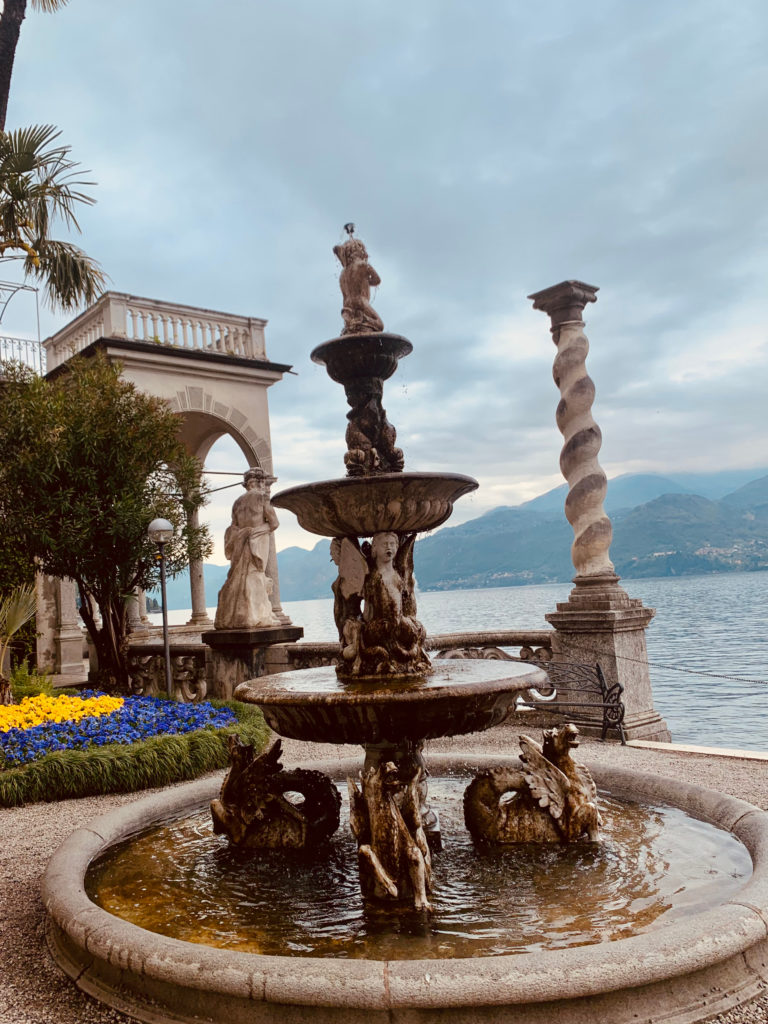
Villa Monastero was founded at the end of the twelfth century by some nuns displaced from the island of Como.
It was built from the transformation of an ancient Cistercian nuns’ convent dedicated to the Virgin Mary.
After Pope Pius V suppressed the monastic order on 7th February 1571, the villa was acquired by Paolo Mornico. At the beginning of the 17th century the Mornico family carried out a rearrangement of the villa, creating two symmetrical porches on the facade and transforming the former country house into the current guesthouse.
The most important room is the Black Room, which houses the original furnishings wanted by the German Kees (1864-1906), which decorates the room in Neo-Renaissance style adapting it to a dining room.
- The Hall of the Bigliardo is composed of high pillars in marble and gilded stucco with capitals decorated with peacock feathers. Here is the photo of the last owner of the villa: Marco De Marchi.
- The Red Room:
Its name is due to the color of its tapestries and the neo-rococo furniture in carved and gilded wood in honor of Kees. Here there are paintings for the De Marchi who brought objects in Lombard style. There is also a Savonnerie carpet of the second half of the 800. The room was used for receptions.
- The room is named after physicist Enrico Fermi
who gave his last lessons there in 1954. The restaurant was born from the expansion of the medieval church dedicated to the Virgin Mary; here is a small fresco of the Pietà. Today it is used as a conference room.
- The music room:
It is so named because of the presence of two pianos (one German and one Viennese) belonging to Mozart that are placed in the wall towards the lake.
The building is surrounded by a Botanical Garden rich in exotic species. The park overlooks the eastern shore of Lake Como and consists of rows of Cypresses (along the driveway), Lebanon cedars and evergreen hedges.



The characteristics of the garden are those of the late nineteenth century Larian gardens, in which the interest for rarity prevails thanks to the introduction of botanical species from all over the world.
Thanks to the favorable weather conditions you can find here African and American palms, citrus fruits, oleanders and palms with large silvery leaves in the shape of a fan.
Today the garden houses more than 900 specimens and this has allowed it to receive the coveted regional recognition of botanical garden.
Among the various works that complete the park, “La Clemenza di Tito” stands out, a sculptural group created by the neoclassical artist Giovanni Battista Comolli (last work made before his death).

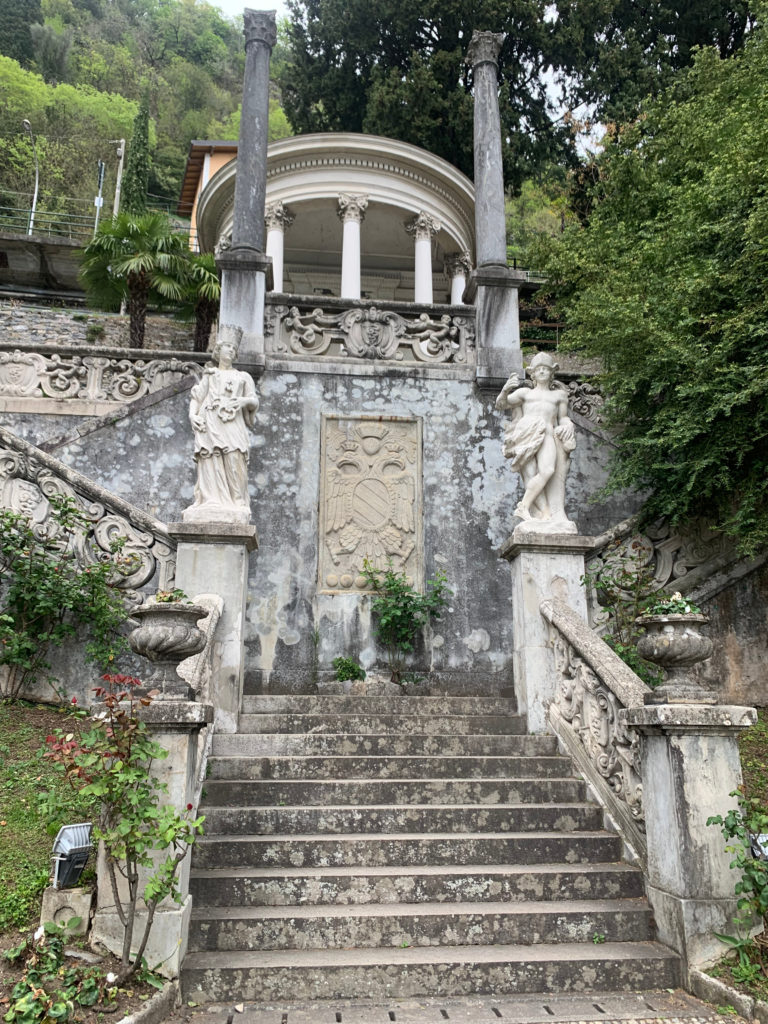
full price ticket: 10€,
reduced-price ticket: 7,00€
(for seniors, groups of more than 10 people, partners of the Italian Touring Club, partners of Associazione Gite In Lombardia and for residents of Lecco and province)
Author
adele.tantardini2@isgparinilecco.edu.it
Related Posts
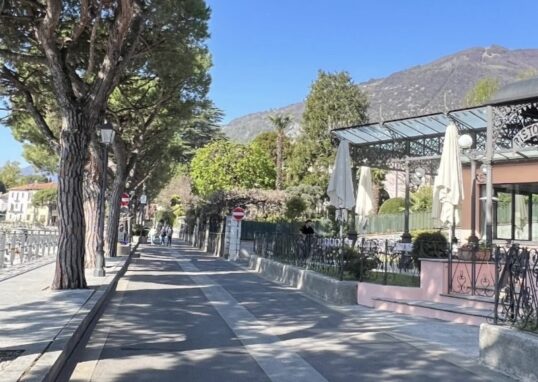
LENNO
3Atur 2024-2025 Lenno is an amazing village situated on the western shore of lake Como in the town of Tremezzina. It’s a...
Villa Balbianello: The structure
3A TUR 2024/25 The Villa Villa delBalbianello is a historic 18th-century residence overlooking Lake Como (Tremezzo), built by Cardinal Durini of Milan.The...
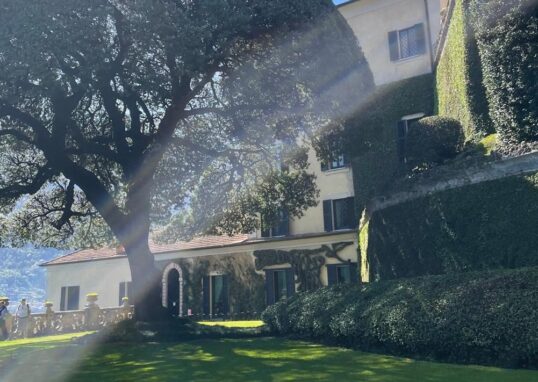
The park of Villa Balbianello
3Atur 2024/25 Villa Balbianello Park is a stunning place, sitting on a wooded hill and offering breathtaking views of Lake Como. It...

The life of Guido Monzino
3Atur 2024/2025 Guido Monzino was born in Milan in 1928. His father was Franco Monzino, known for founding the Standa supermarkets. But...
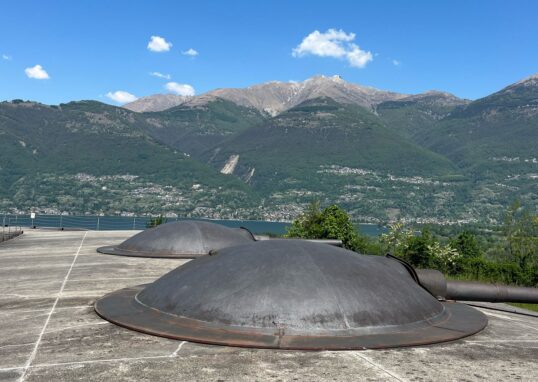
The Fortifications of Colico
4ATUR 2024-2025 During the first years of World War I (1915-1918), the Italian High Command , guided by General Luigi Cadorna, was...
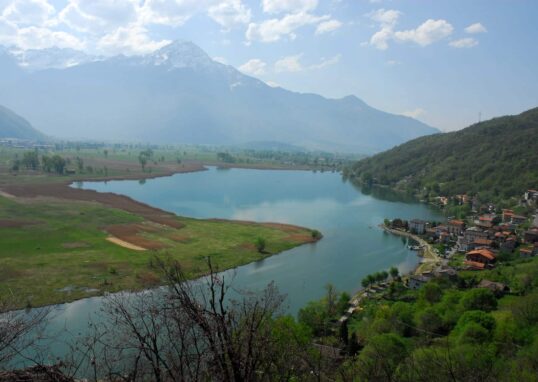
PIAN DI SPAGNA
Introduction: Pian di Spagna Natural Reserve is a protected area located in the town of Sorico and Gera Lario, in the Como...